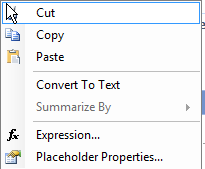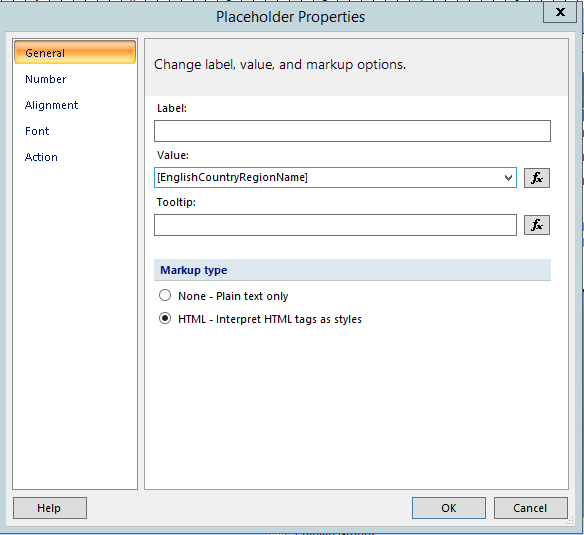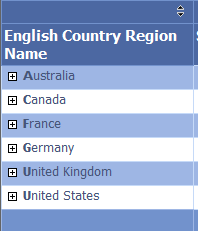In this post we create Linked Report using PowerShell script.
Function bellow expect following parameters:
- $proxy – Reporting Services web proxy, how to get proxy, see this post Connect to Reporting Services with PowerShell
- $OriginReportPath – Report part of base report
- $NewPath – path for Linked Report
- $LinkedName – name for Linked Report
- $LinkedDescription – Linked Report description
Function uses SSRS Web Service method CreateLinkedReport.
function CreateLinkedReport($proxy,[string] $OriginReportPath, [string]
$NewPath, [string] $LinkedName, [string] $LinkedDescription)
{
Write-Host "Create linked report: " $NewPath"/" $LinkedName
$prop = New-Object -TypeName SSRS.ReportingService2005.Property
$prop.Name = "Description"
$prop.Value = $LinkedDescription
[SSRS.ReportingService2005.Property[]] $props = @(New-Object SSRS.ReportingService2005.Property)
$props[0] = $prop
try {
$Proxy.CreateLinkedReport($LinkedName,$NewPath,$OriginReportPath,$props)
}
catch [Exception]
{ Write-Host $_.Exception.Message
}
}
Lets try.
CreateLinkedReport $proxy "/ReportPath/BaseReport" "/NewDir/LinkedReportPath" "LinkedReportName" "LinkedReportDescription"



